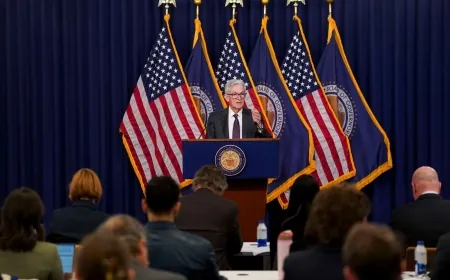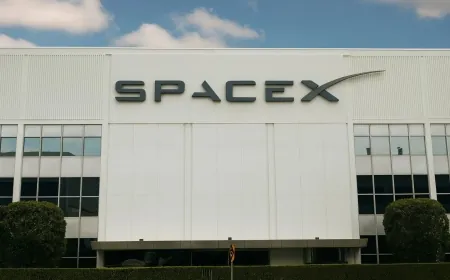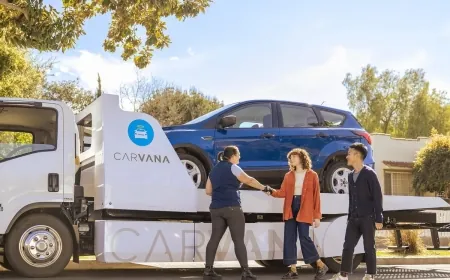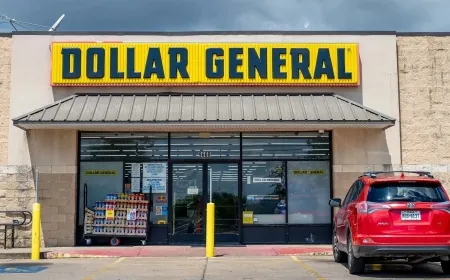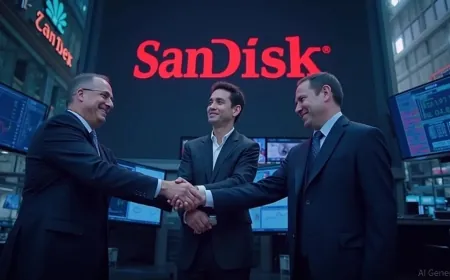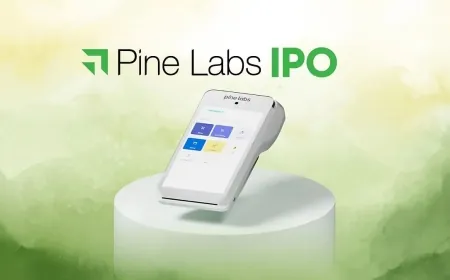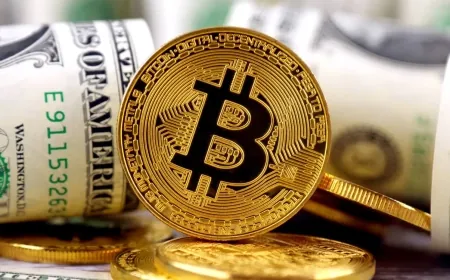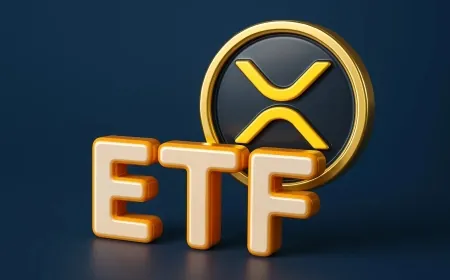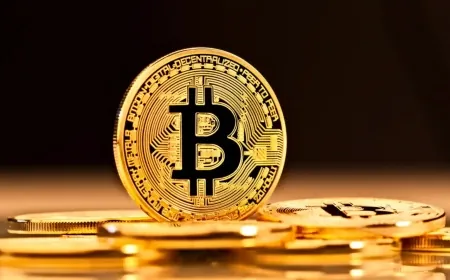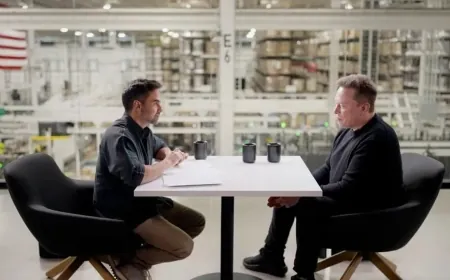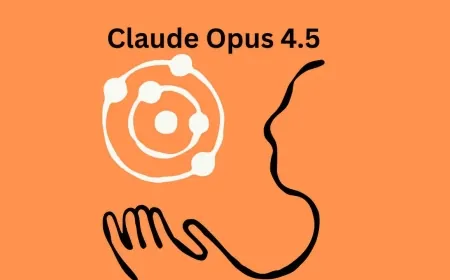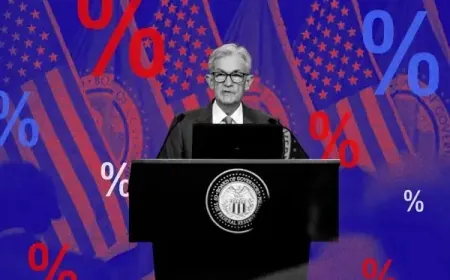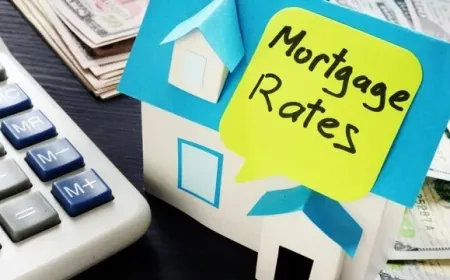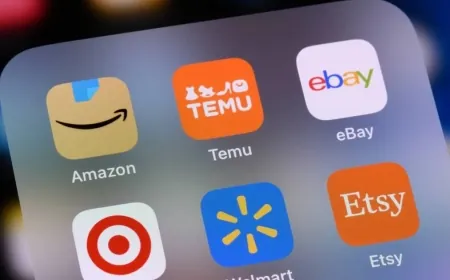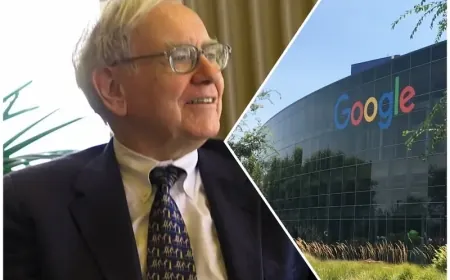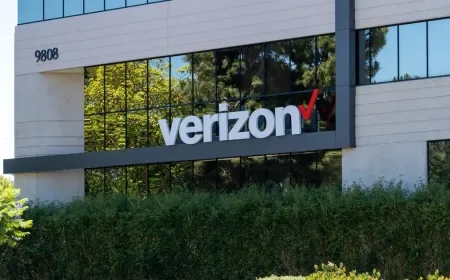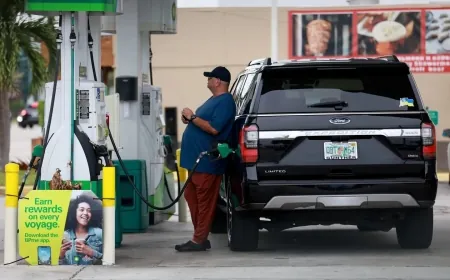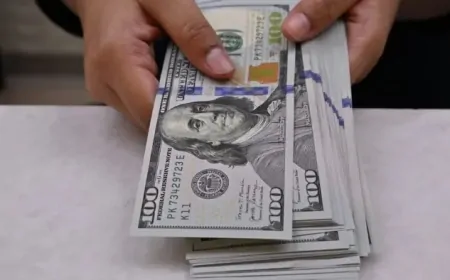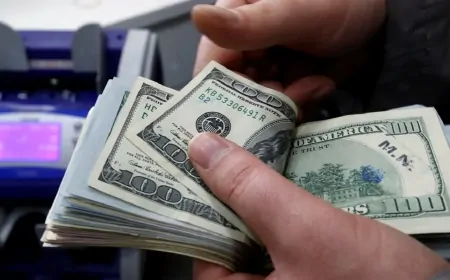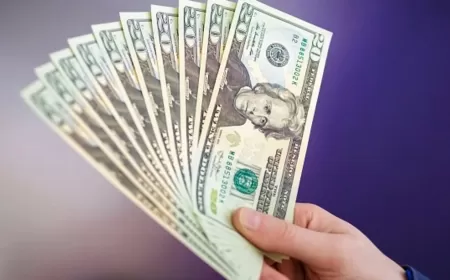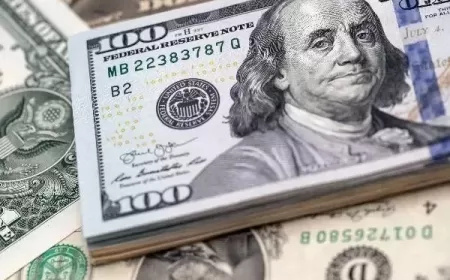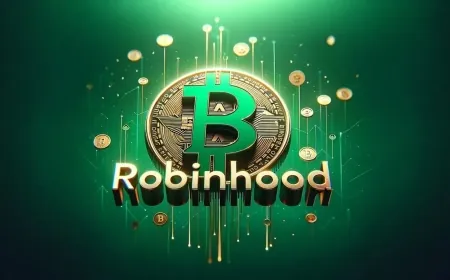Mastercard Adds Alias-Based Receiving to Self-Custody Wallets With Polygon and Mercuryo
Mastercard is introducing verified aliases for self-custody crypto wallets through work with Polygon Labs and Mercuryo, giving users a readable way to receive digital assets without sharing long wallet addresses.

Mastercard is introducing a way for self-custody wallet users to receive crypto through short, verified aliases instead of full wallet addresses. The company is launching the feature with support from Polygon Labs and Mercuryo, which handle the technical and verification layers behind the alias system.
Today, anyone using a self-custody wallet must share long, chain-specific addresses that are easy to mix up. Mastercard’s new model replaces that process with a single, readable alias that points to the correct wallet.
The wallet itself does not change — users keep full control of their keys — but the receiving experience becomes simpler and less error-prone.
How Alias Registration Works
To use the new feature, a user first completes an identity check through Mercuryo.
Once that step is finished, Mercuryo creates a short alias for the user and links it to the wallet the user chooses.
This alias then serves as the receiving address. Anyone sending crypto only needs the alias, and the transfer is delivered to the correct wallet without requiring the full wallet string.
How Wallets Detect Alias Support
Polygon stores the information that connects the alias to the verified wallet.
After a user completes verification, the wallet can receive a small credential token that tells supported apps the wallet can use alias-based receiving.
The token stays inside the wallet, cannot be traded, and is not used for anything other than confirming that the wallet has been verified for this feature.
How Transfers Are Checked
Mastercard provides the rules that wallet apps use to confirm:
-
whether the alias belongs to a verified person
-
whether the wallet is on the correct network
-
whether any required checks need to be applied before the transfer
Alias-based receiving is available first. Sending to an alias will be introduced after more testing with wallet providers.
Raj Dhamodharan, who leads Mastercard’s blockchain and digital-asset unit, said the goal is to reduce mistakes caused by copying long addresses and to provide clearer information to users sending funds.
Why Self-Custody Wallets Benefit From Aliases
People who use self-custody wallets face common issues:
-
mixing up addresses from different chains
-
pasting the wrong address from a previous transaction
-
entering characters incorrectly
-
handling multiple wallets across different apps
A single alias removes many of these risks.
The alias points to the correct wallet, and apps can check the verification token before completing a transfer.
How Developers Benefit
Most wallet apps build their own way of checking whether a receiving address is valid or compatible.
With Mastercard’s alias system, the wallet contains a small credential token on Polygon that confirms the address belongs to a verified user and can receive transfers through the alias feature.
This gives developers a straightforward signal to rely on and helps prevent common problems—such as sending funds to a network the receiving wallet doesn’t support or transferring to an unverified address.
Upcoming changes to the alias feature
Mastercard plans to let additional verification companies take part in the alias system, giving users more than one option for completing identity checks.
The company is also preparing alias support for more blockchains beyond Polygon so the feature can be used across a wider range of wallets and networks.
These updates do not change how wallets themselves work. Users continue to hold their own keys, and the alias functions only as a readable label that points to the verified wallet.
What is a crypto alias?
Why are aliases useful for self-custody wallets?
How do users get a verified alias?
What part does Polygon play in this feature?
Does the alias replace the wallet address?
Can I send crypto to someone’s alias right now?
Also Read: Mastercard Launches Stablecoin Payout Option Through Thunes Integration
